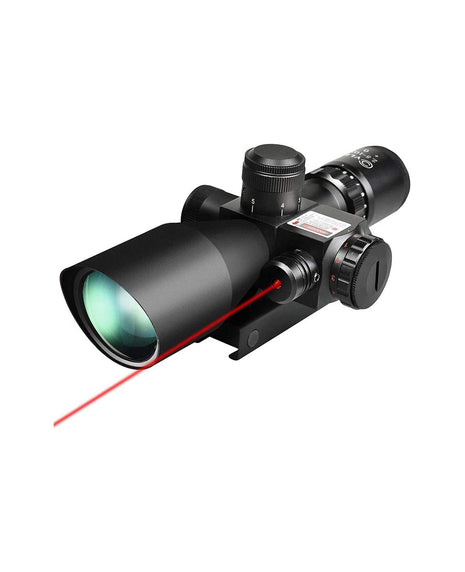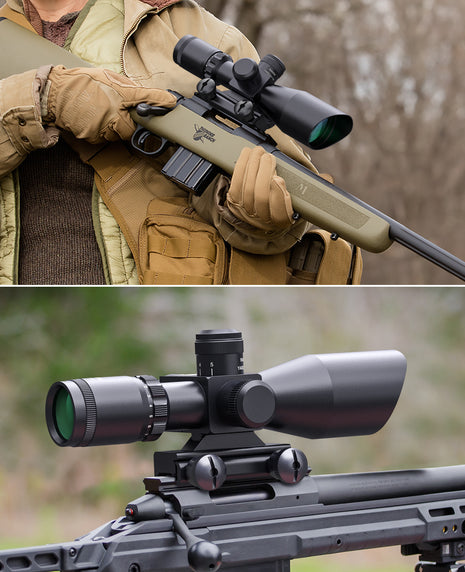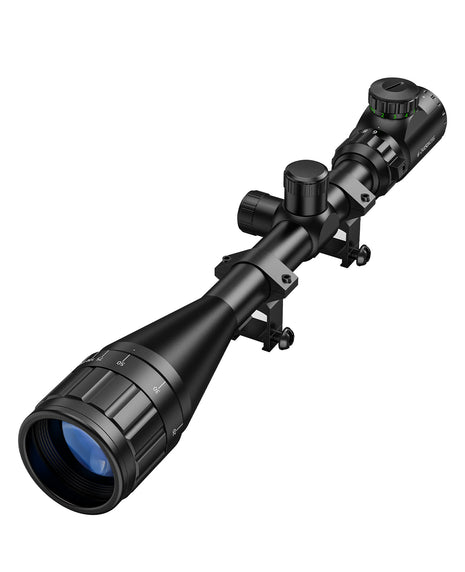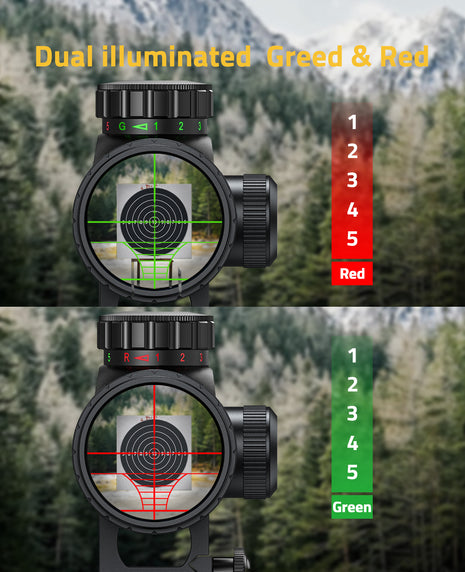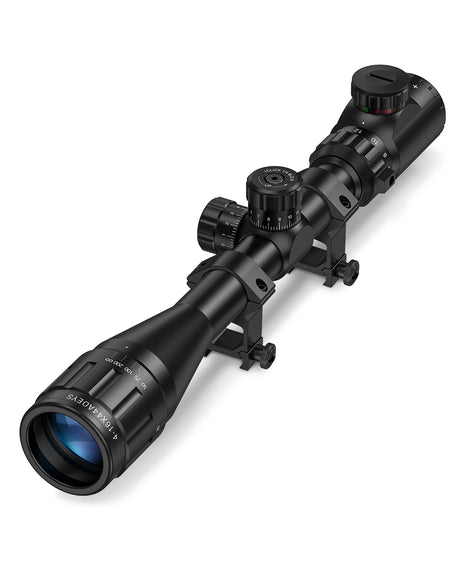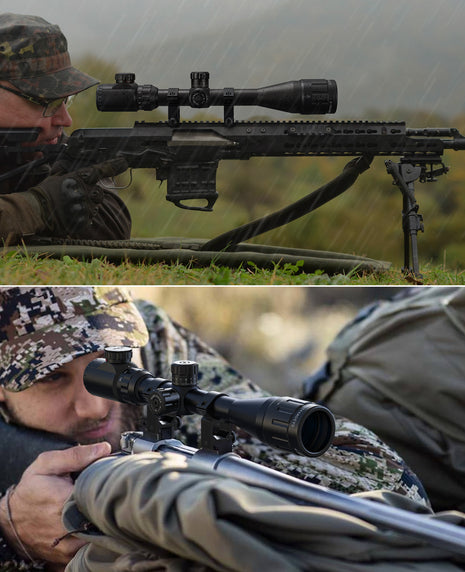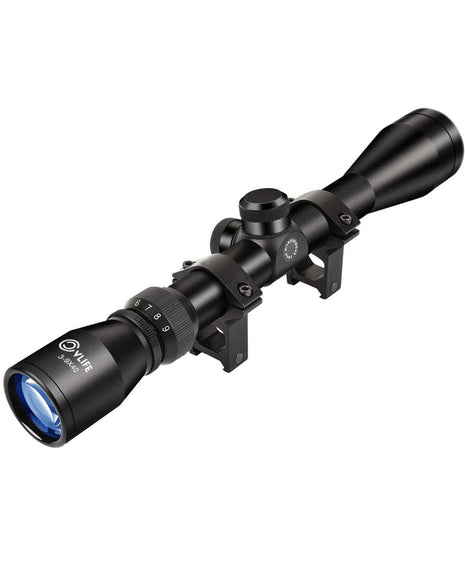How to Zero an AR-15 Scope with a BDC Reticle
- 5 min reading time
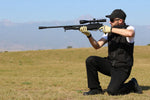
Learn how to zero your AR-15 scope with a BDC reticle for optimal accuracy across various distances. Step-by-step guide included!
Zeroing your AR-15 scope with a Bullet Drop Compensator (BDC) reticle correctly is crucial for maximizing accuracy and ensuring precise shots at different distances. In this guide, we'll break down the process step by step.
Understanding BDC Reticles
BDC reticles are specifically engineered to help shooters account for the natural trajectory of a bullet as it travels over distance. Instead of requiring manual turret adjustments to compensate for bullet drop, a BDC reticle features multiple aiming points—typically in the form of hash marks, dots, or lines—each corresponding to a predetermined range.
These markings allow shooters to quickly adjust their point of aim for different distances without taking their eyes off the target, making BDC reticles particularly useful for dynamic shooting situations such as hunting, tactical applications, and competitive shooting. The effectiveness of a BDC reticle depends on factors such as caliber, bullet weight, muzzle velocity, and atmospheric conditions, so proper zeroing and understanding of the reticle’s subtensions are essential for accurate shot placement.
Choosing a Zeroing Distance
Popular zero distances include 36 yards, 50 yards, and 100 yards. Each has its advantages:
- 36-Yard Zero: Provides a flatter trajectory for close-to-mid-range engagements.
- 50-Yard Zero: A versatile choice balancing short- and long-range effectiveness.
- 100-Yard Zero: Best for long-range precision shooting.
Step-by-Step Guide to Zeroing a BDC Scope
1. Mounting the Scope Correctly
Proper scope mounting is the foundation of accurate shooting. Start by selecting high-quality scope rings that match the tube diameter of your optic and ensure they are compatible with your rifle’s rail system. Secure the scope onto the base, making sure it is level to prevent canting, which can throw off accuracy. Use a torque wrench to tighten the rings according to the manufacturer’s specifications—over-tightening can damage the scope, while under-tightening can cause it to shift under recoil. Lastly, establish the correct eye relief by positioning the scope so that you have a full field of view without any shadowing when in a comfortable shooting stance.
2. Initial Bore Sighting
Before firing live rounds, bore sighting helps get your reticle roughly aligned with the target, saving time and ammunition during the zeroing process. If you have a bolt-action rifle, remove the bolt and look directly down the bore at a target set at 25 to 50 yards. Without moving the rifle, adjust the scope's windage (left/right) and elevation (up/down) turrets until the reticle aligns with the target center. For AR-15s and other semi-autos, a laser bore sighting tool can be used by inserting it into the muzzle or chamber. This method doesn’t replace live-fire adjustments but gets you close enough to begin fine-tuning.
3. Adjusting Windage and Elevation
Now it’s time for live-fire zeroing. Start by firing a three-shot group at your chosen zero distance (e.g., 50 or 100 yards). If the shots are off target, make adjustments using the scope’s turrets. Most scopes have click adjustments, with each click typically representing ¼ MOA (Minute of Angle), which equals roughly ¼ inch at 100 yards. Adjust windage (left/right) and elevation (up/down) based on where your group lands in relation to the bullseye. Continue firing small groups and adjusting until your shots consistently land at the center of your aiming point. Remember to let the barrel cool between groups to prevent heat mirage from affecting accuracy.
4. Fine-Tuning Holdovers
Once your scope is zeroed, the next step is to verify the accuracy of your BDC reticle’s holdover marks at varying distances. Start by engaging targets at different ranges, using the corresponding BDC marks for those distances. For example, if your reticle is calibrated for a 100-yard zero, test the holdover marks at 200, 300, and 400 yards to ensure they match the bullet’s actual trajectory. Environmental factors such as wind, elevation, and ammunition type can affect point of impact, so make necessary adjustments based on real-world performance. If needed, document any deviations from the reticle’s estimated holds to improve precision during future shots.
Common Mistakes When Zeroing
- Using the wrong ammunition for your scope's BDC calibration.
BDC reticles are designed to correspond to specific ballistic profiles, which means they are typically calibrated for a particular caliber, bullet weight, and muzzle velocity. If you use ammunition that differs from the scope’s intended ballistic profile, your holdovers may not align correctly at different distances.
To ensure accuracy, always use the same type of ammunition you zeroed with, or consult a ballistic chart to compensate for any differences.
- Ignoring environmental factors like wind and elevation.
Many shooters assume that once their scope is zeroed, it will remain accurate in all conditions. However, external factors such as wind, temperature, altitude, and humidity can significantly affect bullet trajectory. Wind can push your bullet off course, especially at longer distances, requiring compensation through hold-offs or turret adjustments.
Similarly, shooting at a different elevation than where you zeroed can alter your bullet’s point of impact due to changes in air density. A rifle zeroed at sea level may shoot high in the mountains because the thinner air provides less resistance. Always take these factors into account and, if possible, use a ballistic calculator to refine your adjustments based on environmental conditions.
Conclusion
By following these steps, you can effectively zero your AR-15 with a BDC reticle, ensuring better accuracy at multiple ranges.
Explore more high-quality scopes and accessories at CVLIFE. For global shipping details, visit our shipping page.
FAQs About Zeroing a BDC Scope on an AR-15
1. What ammunition should I use when zeroing?
Use the same grain weight and velocity as the ammo you plan to shoot regularly.
2. How often should I re-zero my scope?
Check your zero periodically, especially after rough handling or environmental changes.
Tags
You May Also Like
Blogs & News
-

, by C V How to Zero an AR-15 Scope with a BDC Reticle
-

, by C V What Makes Motion Awake Red Dot Sights Unique
-
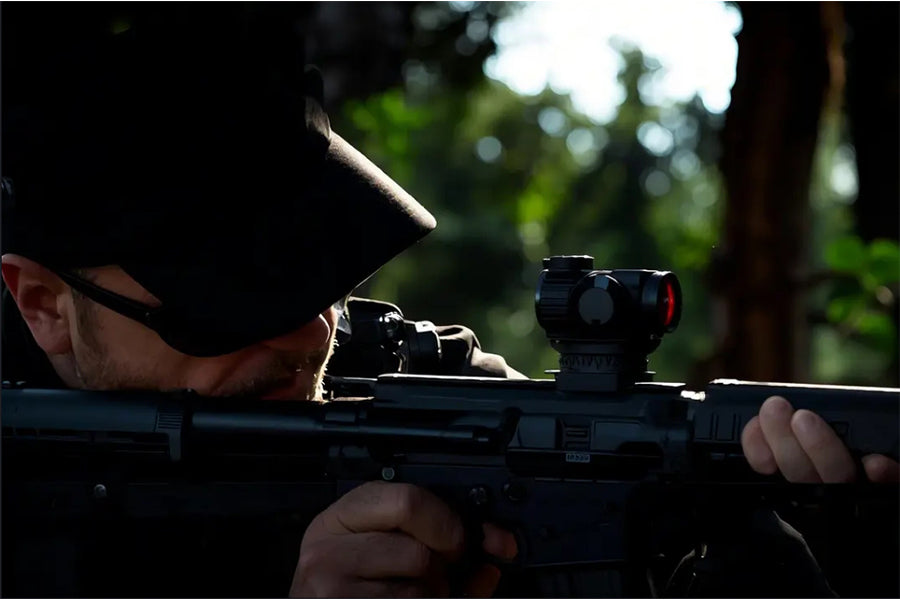
, by C V Best Motion Awake 2 MOA Red Dot for AR-15 Home Security
-

, by C V LPVO vs. Holographic Sight for AR-15 Home Defense

